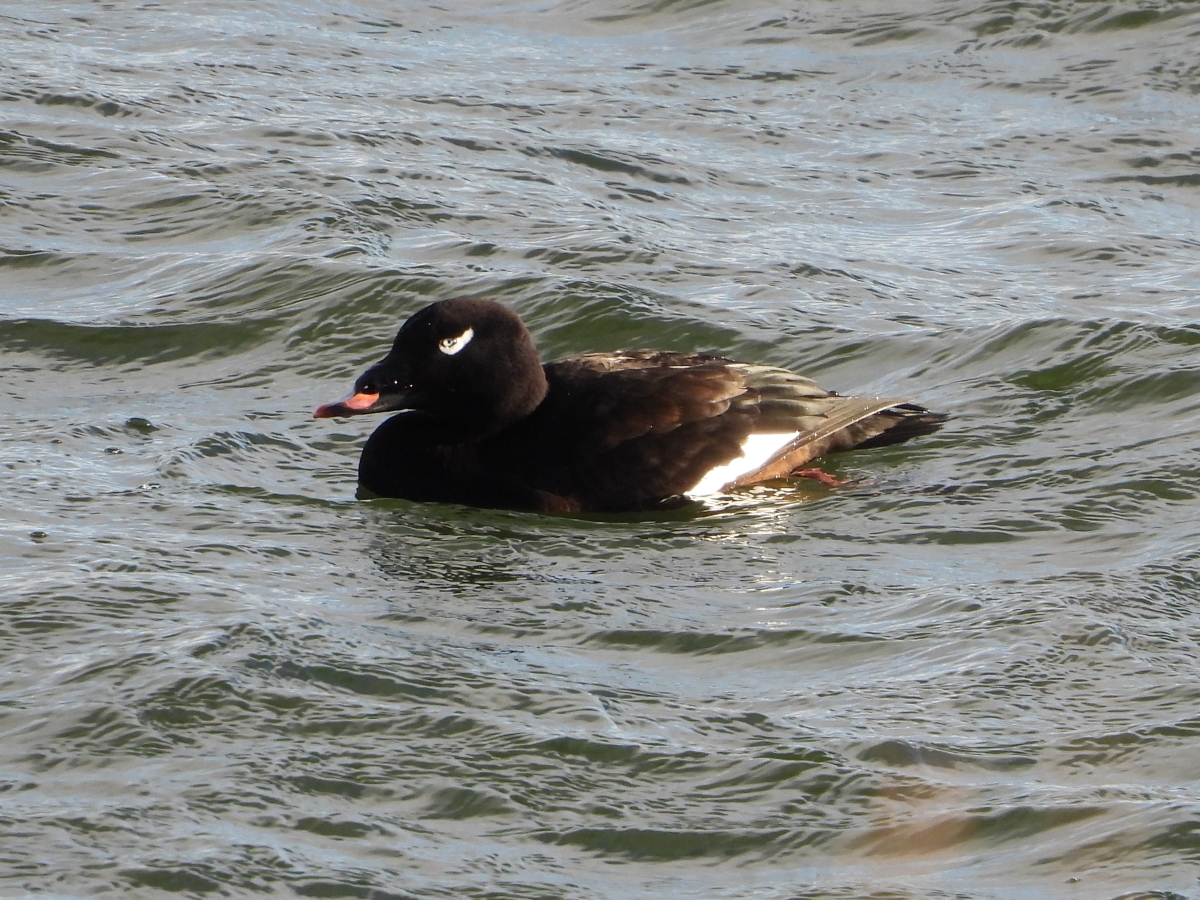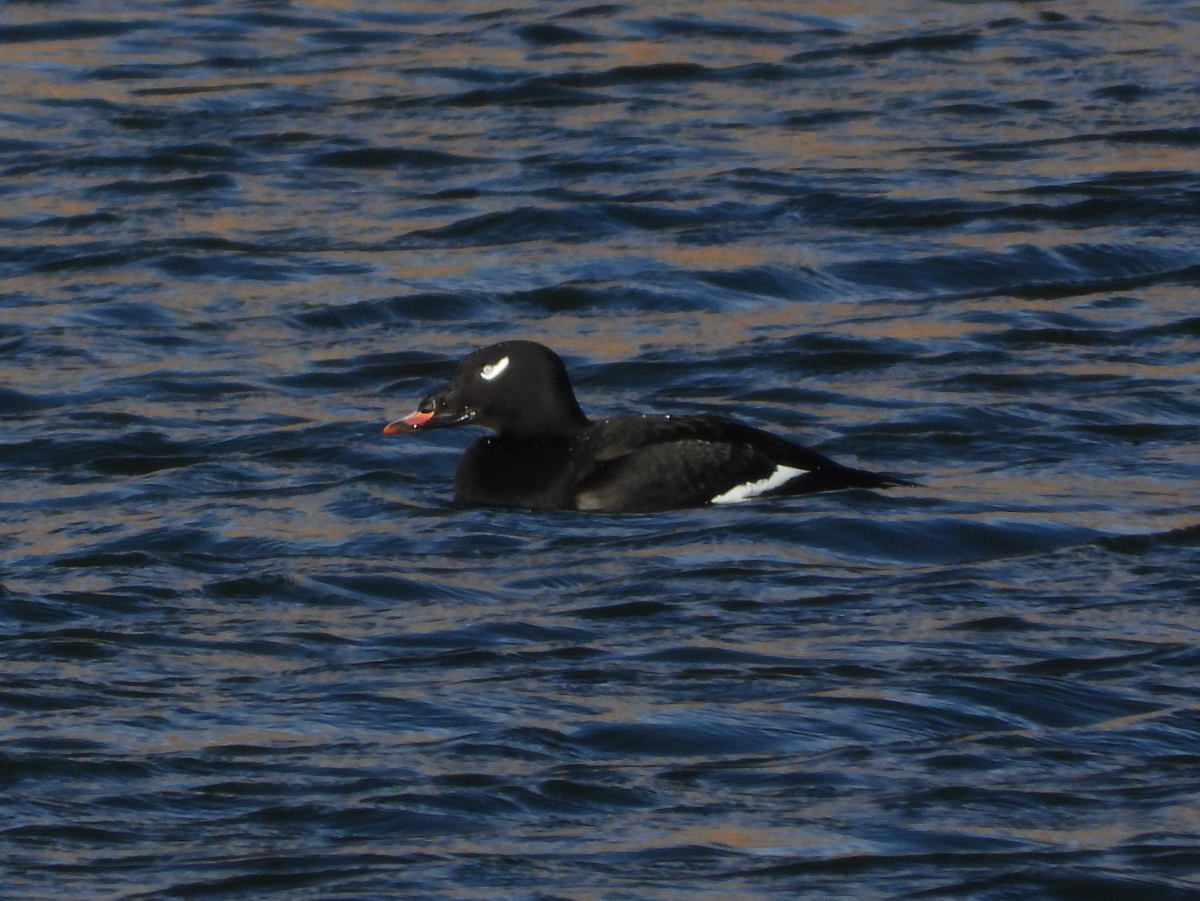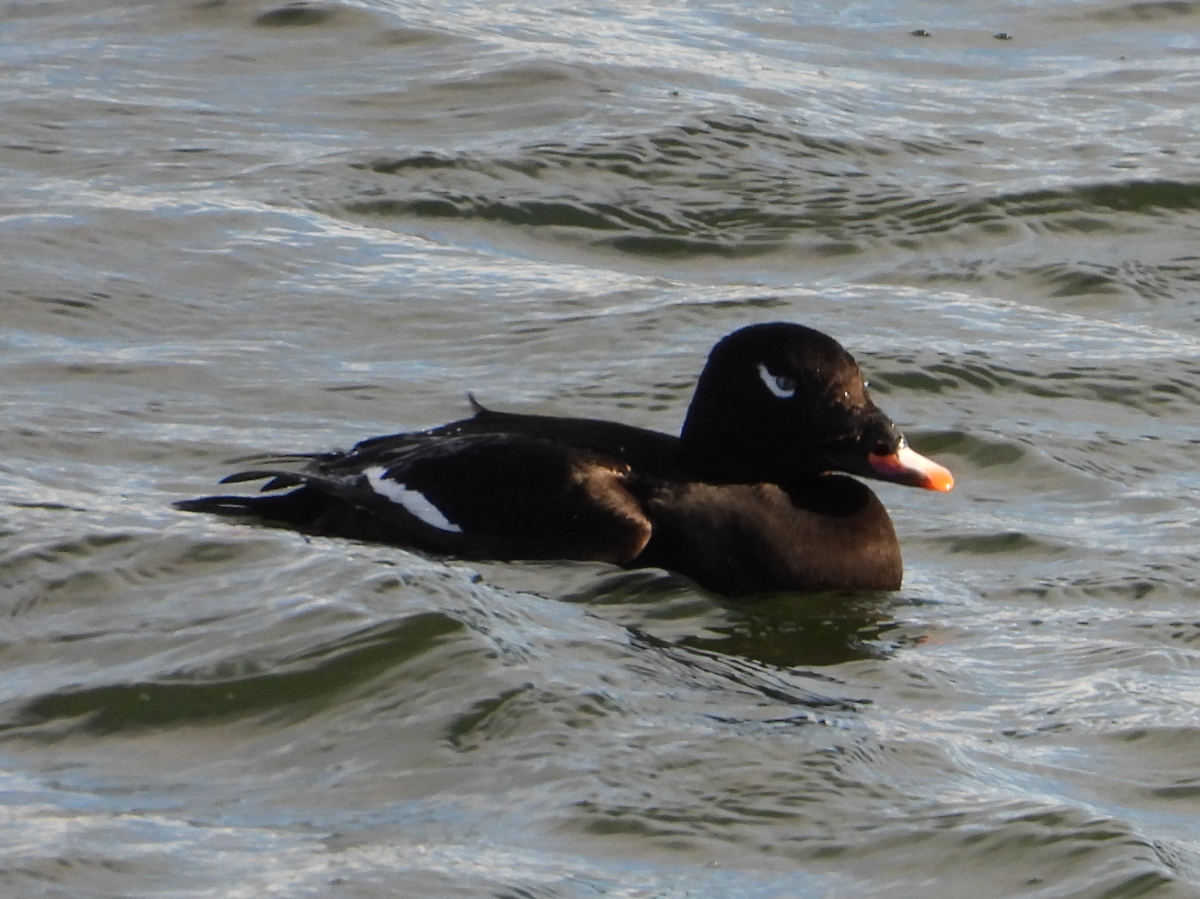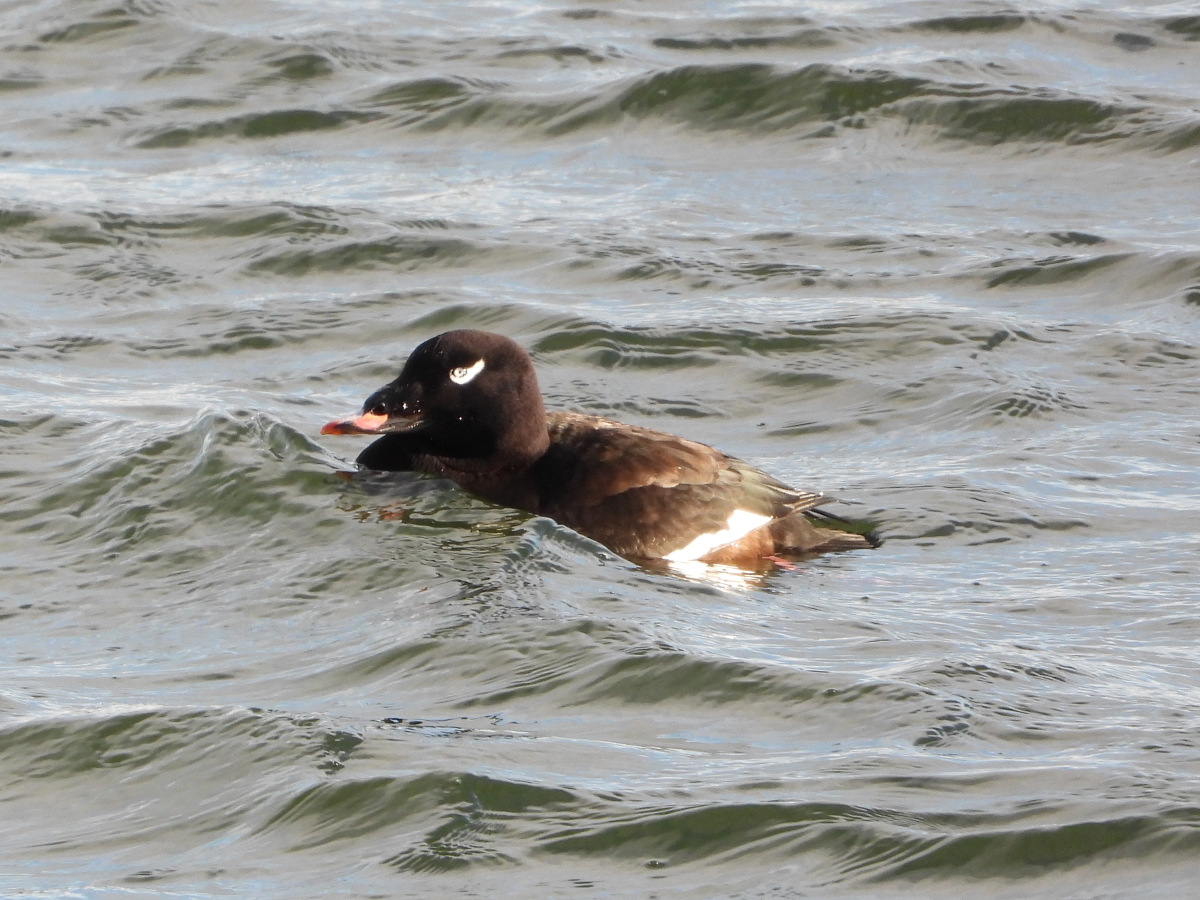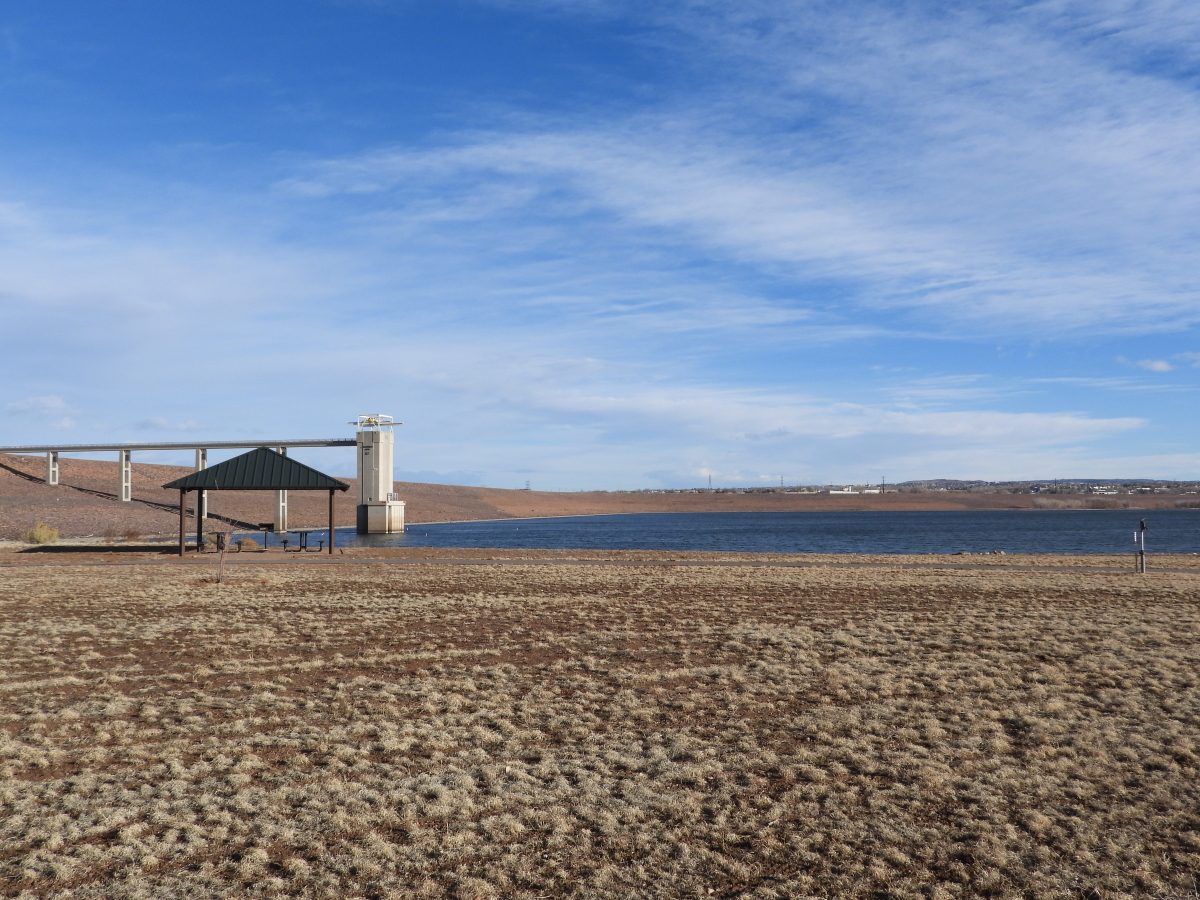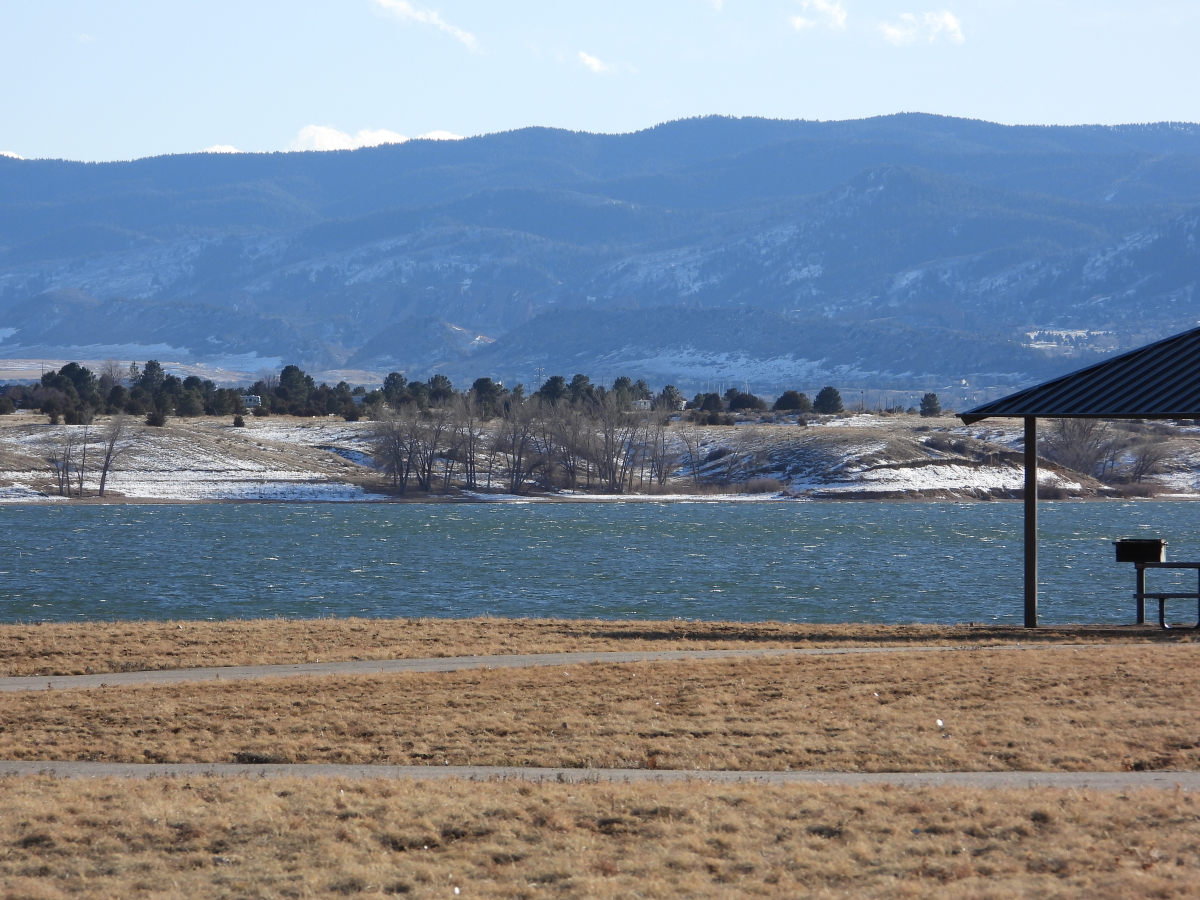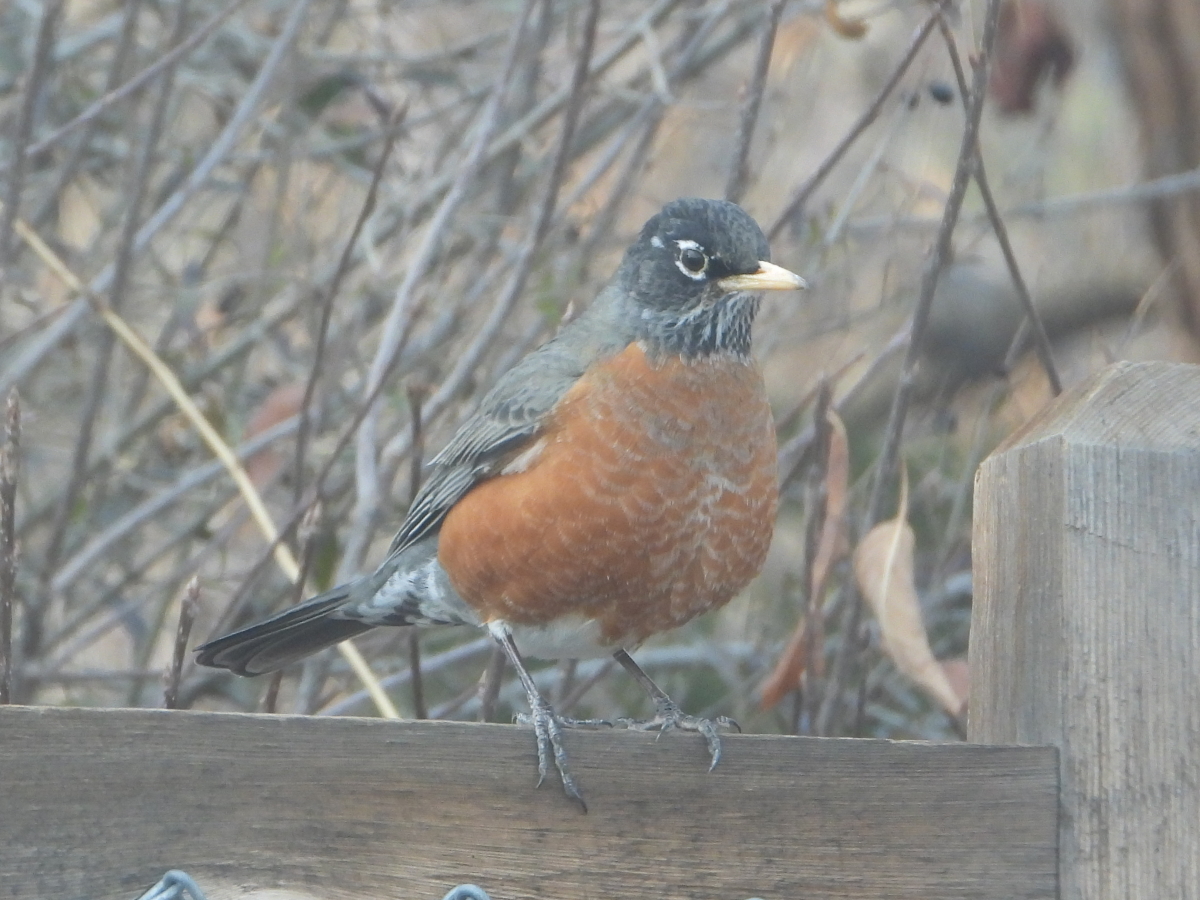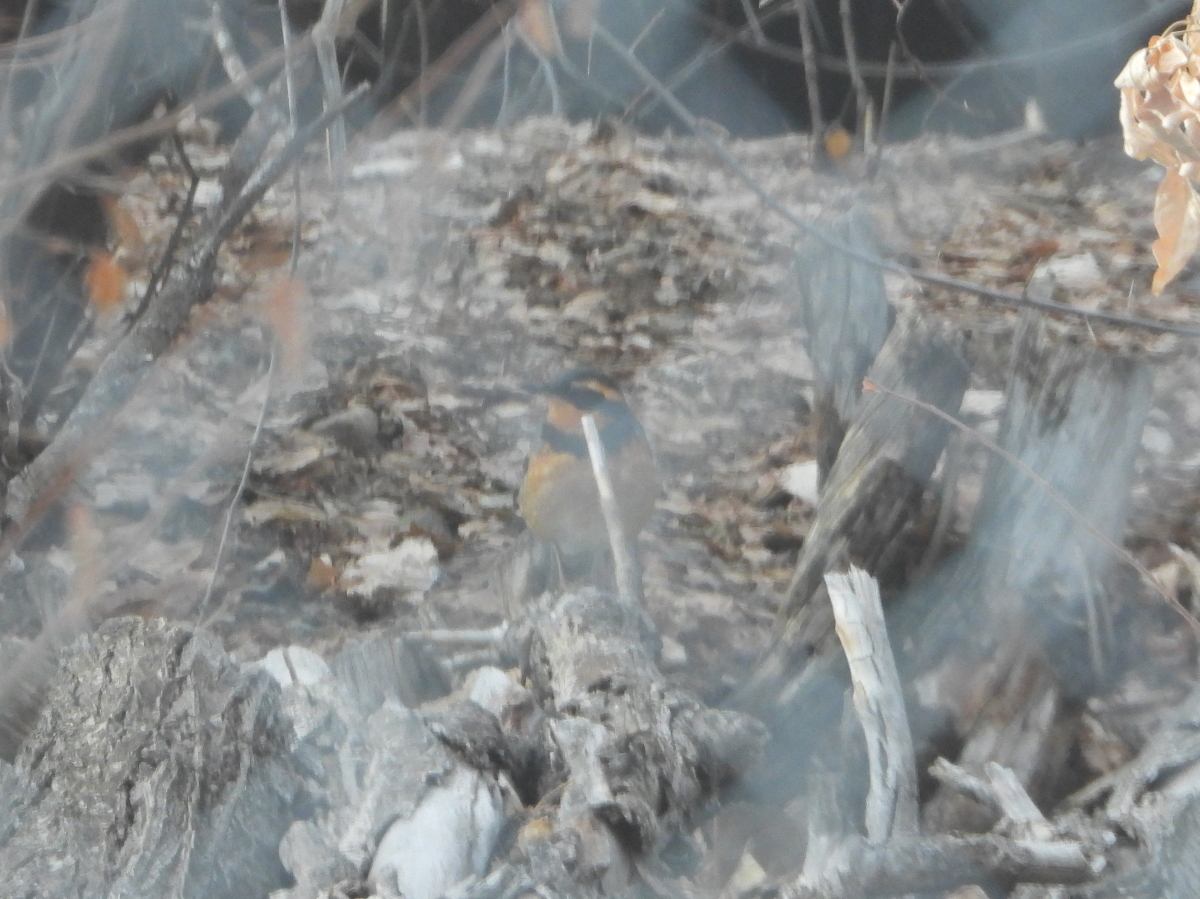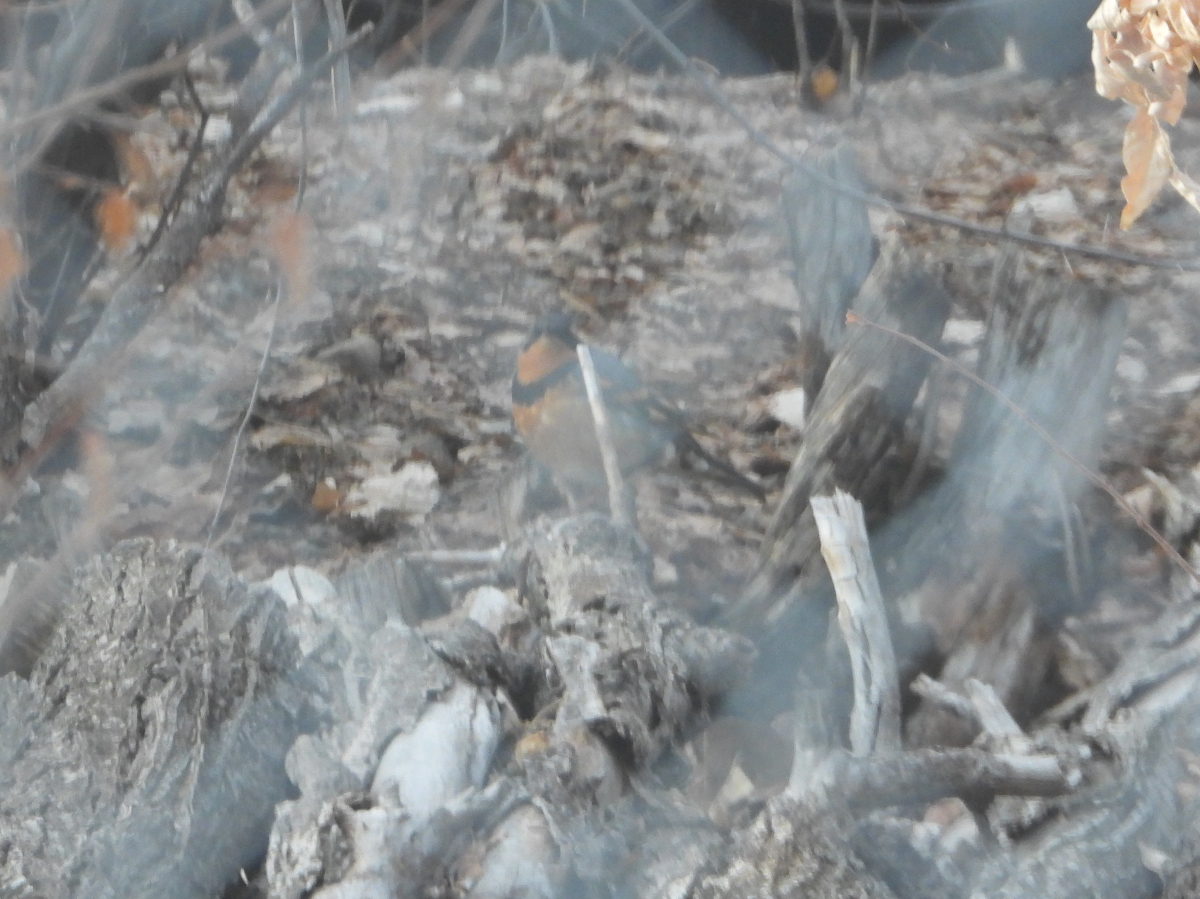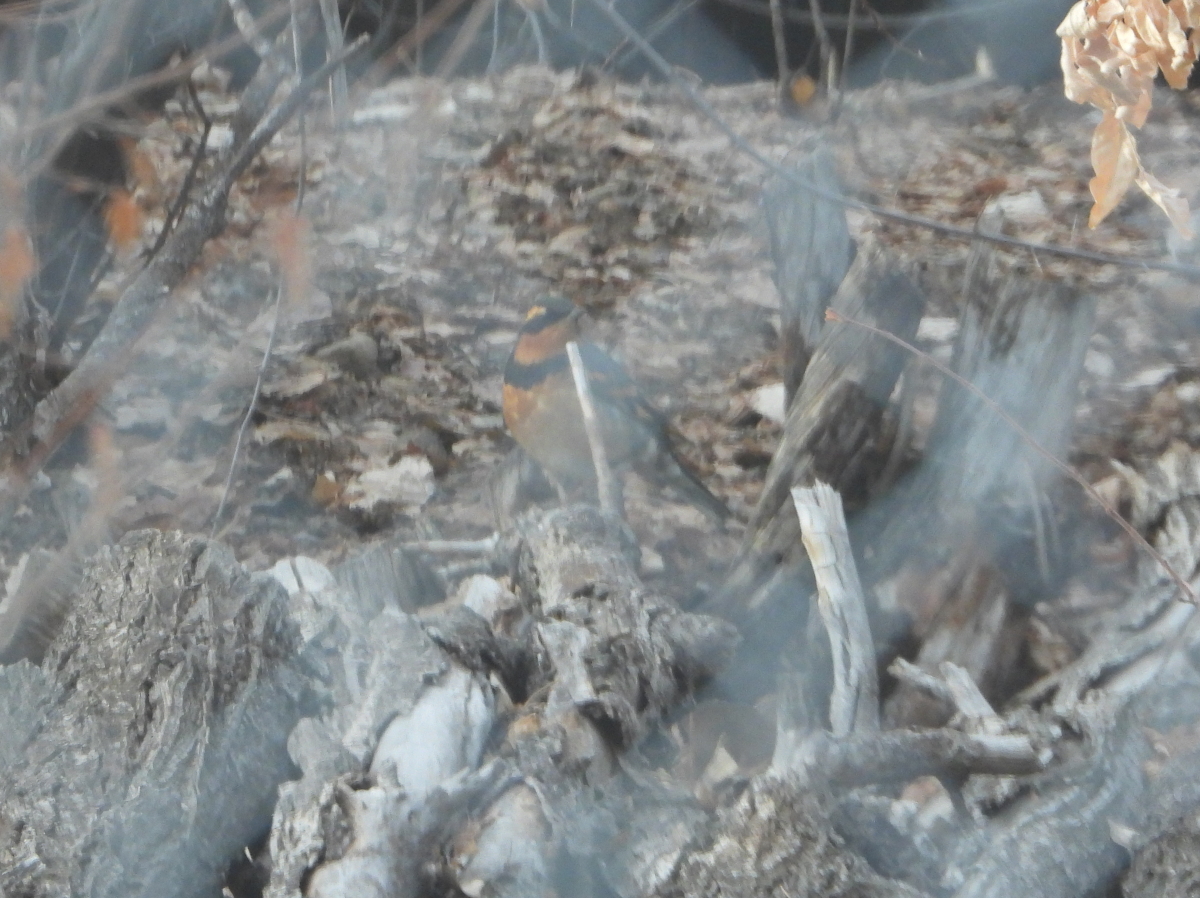Wow, what a year! In early October of 2019 I decided to attempt a Colorado Big Year in 2020 but I never imagined what a crazy year it would be.
Throughout the year I always prioritized finding rarities. There are 320 regularly occurring species in Colorado, so locating rarities is critical to a large year list. Thankfully in the era of technology it is easier to find out about rarities than ever before. With birders sharing sightings in real time through Facebook and eBird chasing rare birds is a must.
Before the year started I gave every bird ever seen in the state a numerical code from 1-6, one being the most common and six being the least common. I knew I needed to chase every bird that was a code 4 or above because I might not get another chance to get them.
January-February
To begin the year I had four days before school started to get as many birds as possible. After four days I had seen 73 species. From then on my birding consisted of long weekend days birding from dawn to dusk and occasional rarity chases during the week. As well as chasing rarities I focused on finding owls and difficult to locate mountain species. The most memorable day of the winter was spent birding around Pueblo on January 11th. This day felt more like early March than early January. The highlights were: Dunlin, Great Black-backed Gull, and Red-throated Loon as well as many other common and out of season/early migrants. I ended February with 142 species.
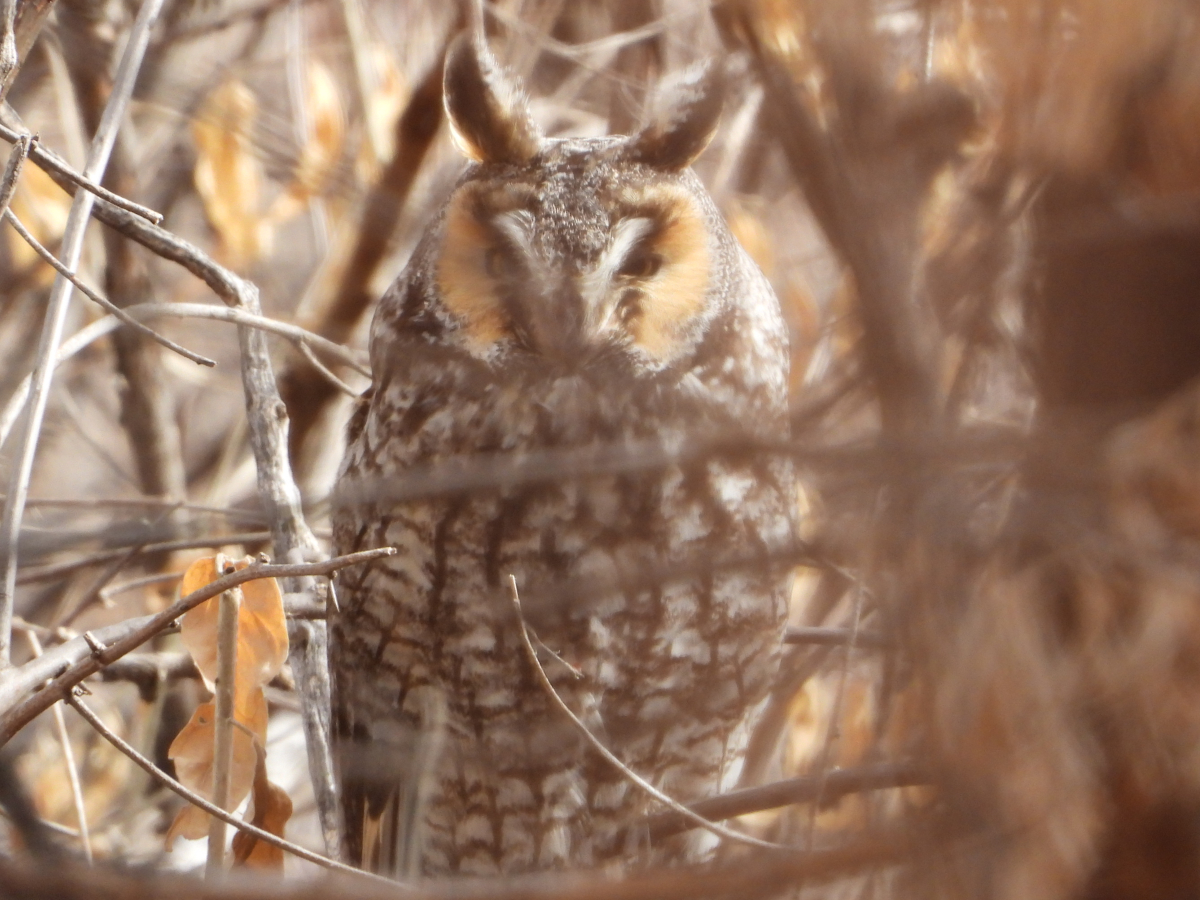
Notable Rarities seen in January-February
- Brant
- Trumpeter Swan
- Mexican Duck
- White-winged Scoter
- Long-tailed Duck
- Red-necked Grebe
- Dunlin
- Mew Gull
- Glaucous Gull
- Great Black-backed Gull
- Red-throated Loon
- Yellow-billed Loon
- Yellow-bellied Sapsucker
- Pacific Wren
- Winter Wren
- Carolina Wren
- Varied Thrush
- Common Redpoll
- White-winged Crossbill
- Snow Bunting
- Golden-crowned Sparrow
- Rusty Blackbird
March-May
Spring migration, what a great time to be a birder! The rush of shorebirds and songbirds moving through the state! The diversity of birds found in Colorado, especially in May, is unparalleled. It is the most important time of year and can make or break a Colorado big year attempt. I spent almost every day from late April through May capitalizing on the flood of birds moving through. This meant countless hours scouring the migrant traps of the eastern plains and chasing rarities along the front range. In April and May I saw an astounding 30 species of warblers.
On a day trip to South Eastern Colorado we spent the day looking for rare songbirds at several of the best migrant traps in the state. At Lower Queens Reservoir we had a Black-throated Blue Warbler and Palm Warbler. The day became incredible when at Melody Temple Grove we had a staggering number of rarities. Over several hours we saw a White-eyed Vireo, Gray-cheeked Thrush, Northern Waterthrush, Cape May Warbler, Northern Parula, Chestnut-sided Warbler, Rose-breasted Grosbeak, and Summer Tanager. Of all these birds the best was the Cape May Warbler. It was the only one I saw during the year!
My most memorable moment of the spring occurred while chasing the Mexican Whip-poor-will near Canyon City. As we waited for the bird to call we heard Flammulated Owls and a Pygmy Owl but not the Whip-poor-will. Finally after almost 90 minutes we heard the diagnostic Whip-poor-will call. This bird was the 4th record for the state. I ended May with 329 species.
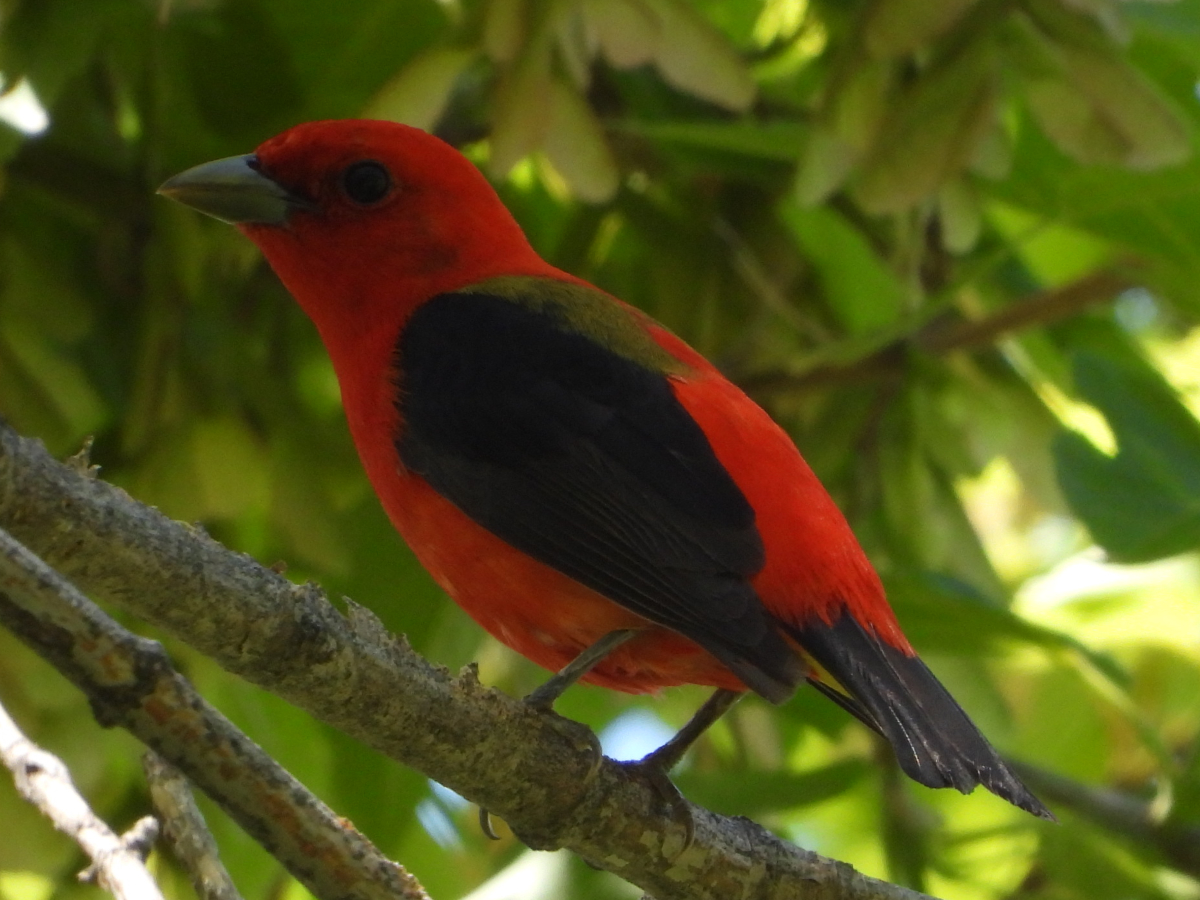
Notable Rarities seen March-May
- Tundra Swan
- Eurasian Wigeon
- Mexican Whip-poor-will-4th state record
- American Golden-Plover
- Whimbrel
- Short-billed Dowitcher
- Glaucous-winged Gull
- Caspian Tern
- Neotropic Cormorant
- Yellow-crowned Night-Heron
- Glossy Ibis
- Broad-winged Hawk
- Eastern Wood-Pewee
- Vermilion Flycatcher
- Scissor-tailed Flycatcher
- White-eyed Vireo
- Yellow-throated Vireo
- Gray-cheeked Thrush
- Baltimore Oriole
- Worm-eating Warbler
- Louisiana Waterthrush-7th state record
- Golden-winged Warbler
- Blue-winged Warbler
- Black-and-white Warbler
- Prothonotary Warbler
- Tennessee Warbler
- Kentucky Warbler
- Hooded Warbler
- Cape May Warbler
- Northern Parula
- Magnolia Warbler
- Blackburnian Warbler
- Chestnut-sided Warbler
- Blackpoll Warbler
- Black-throated Blue Warbler
- Palm Warbler
- Pine Warbler
- Yellow-throated Warbler
- Summer Tanager
- Scarlet Tanager
- Rose-breasted Grosbeak
- Painted Bunting.
June-July
The summer months are not known for rarities so accordingly I spent most of my time locating breeding birds in all corners of the state. I did have several late migrants at the beginning of June and early southbound migrants at the end of July. I journeyed to the western slope for the first time where I added a lot of new birds. To grow my year list throughout these months I added the localized breeding birds that take a lot of time and effort to locate.
The most memorable day of summer birding was a day spent on the western slope starting in Durango and ending in Nucla in early June. The highlights of this exceptional day were two late migrants, a singing Wood Thrush and a Surf Scoter, and several resident birds: Acorn Woodpecker, Black Swift and the rare Lesser Nighthawk. I ended the month of July with 369 species.
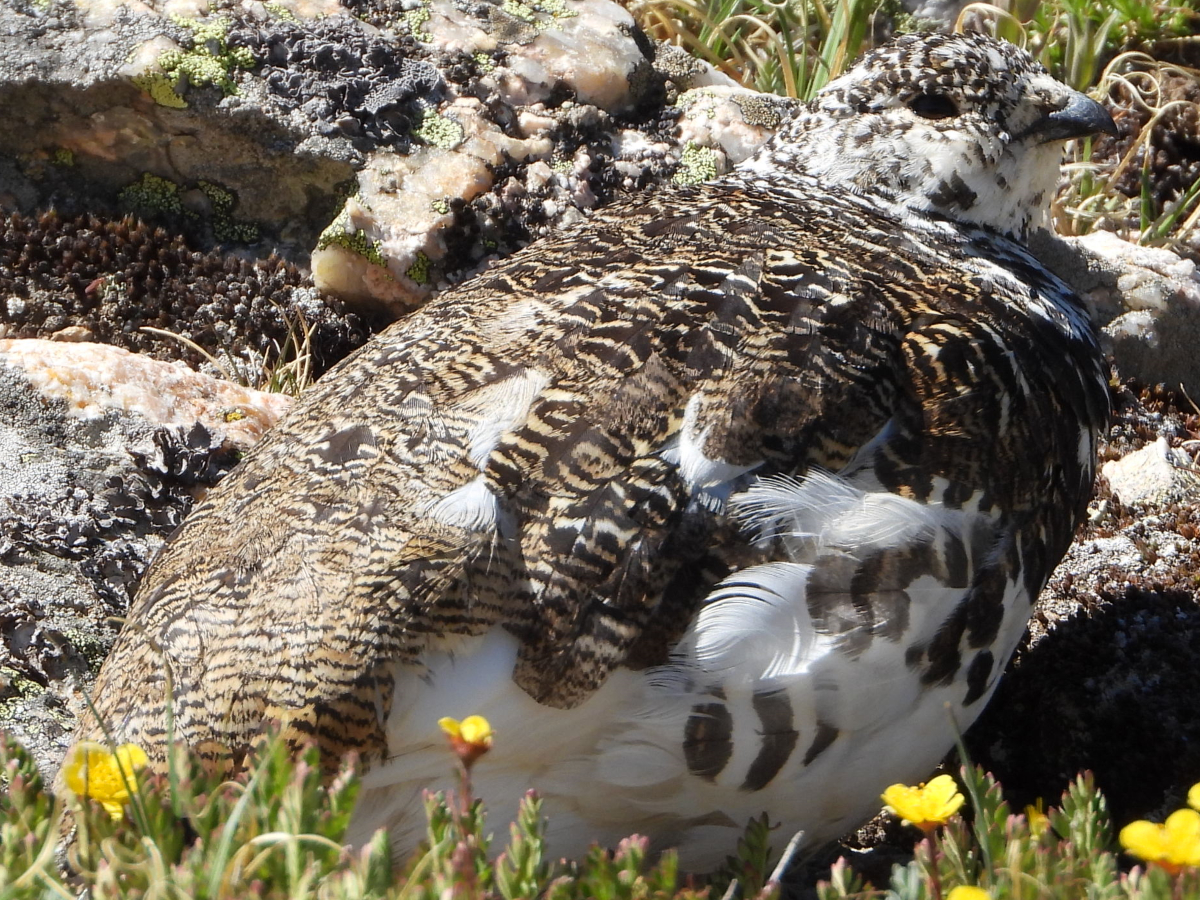
Notable Rarities seen June-July
- Surf Scoter
- Lesser Nighthawk
- Black-bellied Plover
- Long-tailed Jaeger
- Laughing Gull
- Least Tern
- Acorn Woodpecker
- Purple Martin
- Wood Thrush
- Eastern Towhee
- Eastern Meadowlark
- Scott’s Oriole
- Lucy’s Warbler
- Hepatic Tanager
August-October
By early August I had seen almost every species that is regularly seen in Colorado. Fall migration differs from spring migration in several key ways. The most important of these is that while spring migration is a quick rush of birds moving north, fall migration is slower. Birds will sometimes stay in a location for longer amounts of time before continuing south. A good number of birds move through the state that can’t be seen at any other time of year. The second migration season gave me a second opportunity at birds I missed in the spring.
For me fall migration was much more difficult than spring. I had school starting in mid August which meant I didn’t have anywhere near as much free time as I had in the spring. The most memorable day of the year came in late October when we drove 12 hours in one day to chase the Ruddy Ground Dove in the town of Norwood in Western Colorado. This bird was well worth the drive, representing the first state record for Colorado. I ended October with 398 species. An incredible fall migration made all the difference and elevated the big year from good to unforgettable.
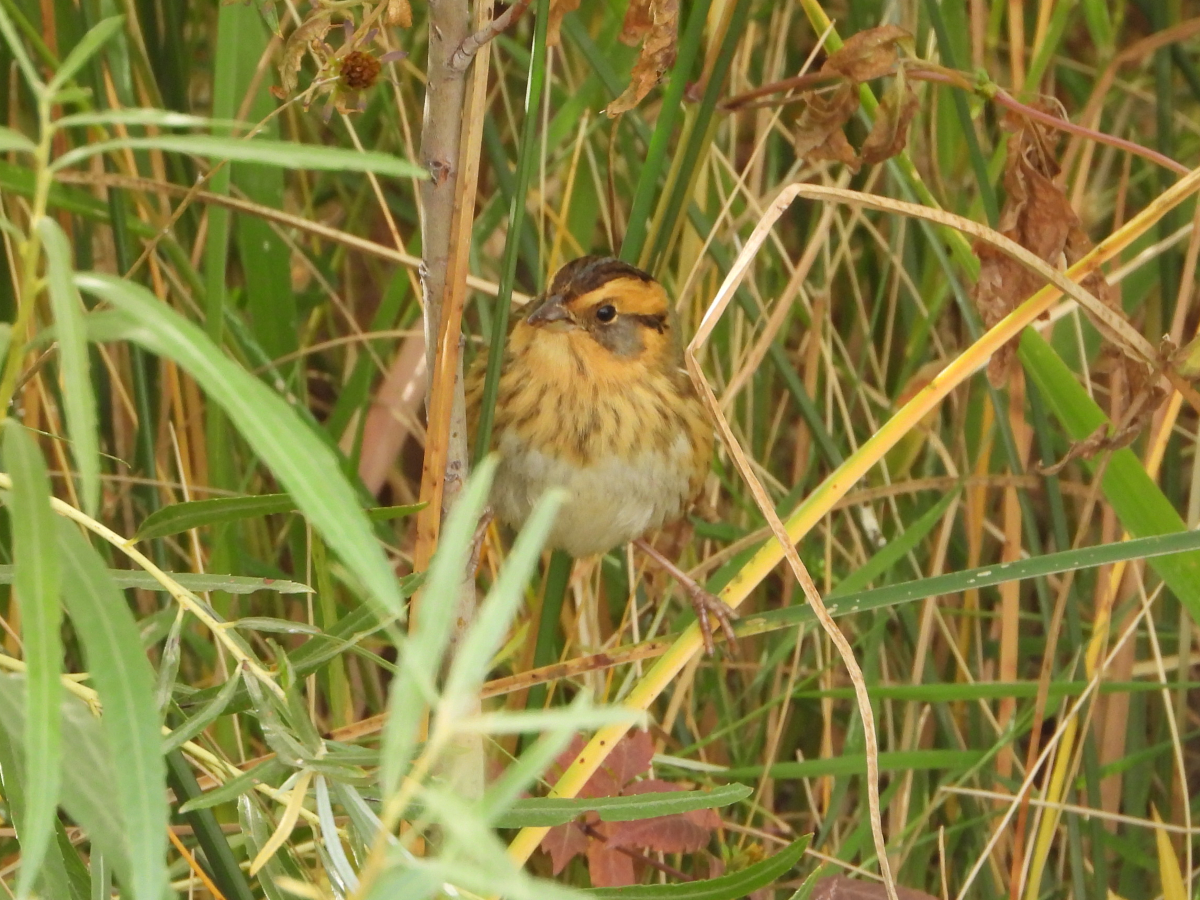
Notable Rarities seen August-October
- Black Scoter
- Ruddy Ground Dove-1st state record
- Ruby-throated Hummingbird
- Ruddy Turnstone
- Red Knot
- Buff-breasted Sandpiper
- Red Phalarope
- Parasitic Jaeger
- Sabine’s Gull
- Little Gull
- Least Bittern
- Reddish Egret
- Common Black Hawk-14th state record
- Blue-headed Vireo
- Philadelphia Vireo
- Cave Swallow
- Sedge Wren
- Sprague’s Pipit
- Purple Finch
- LeConte’s Sparrow
- Nelson’s Sparrow-5th state record
- Nashville Warbler
- Mourning Warbler
- Black-throated Green Warbler
November-December
As the final chapter of my year began I was just 2 species shy of 400. Seeing 400 species in Colorado in a year is quite the achievement as only one person had ever seen that many birds in a year. I spent most of this time, especially December, trying to photograph the birds I hadn’t gotten pictures of earlier. Whenever a new bird for my list was reported I immediately chased it.
One of these frantic chases occurred when a Frigatebird was reported at Cherry Creek State Park. On November 8th after three consecutive days of unsuccessfully chasing birds across the state a Magnificent Frigatebird was found circling over the reservoir. We were 10 miles away in hot pursuit of another bird. We raced across town and watched the bird flying above the reservoir for almost an hour before it disappeared to the west never to be seen again. This bird was just the fourth ever seen in the state. The most incredible thing was that this was the second Magnificent Frigatebird seen in Colorado in one week. The other was in southeastern Colorado and I missed it by just over 2 hours. What great redemption!
Just two days later an American Woodcock was found in a backyard in the town of Lamar (southeastern Colorado). Unfortunately I couldn’t chase it the day it was first seen. The next day, November 11th, we made the three hour drive arriving just after dawn. The bird that had sat placidly on the lawn for almost 12 hours the previous day was nowhere to be found. This miss was particularly painful because I knew the chance of another woodcock showing up in Colorado was almost zero. Added to that a Black-legged Kittiwake, another bird I needed, showing up in Loveland an hour north of Denver made it feel like a busted day. We made a snap decision to chase the Kittiwake. The day was salvaged after a four hour drive from Lamar to Lake Loveland where we got the Black-legged Kittiwake just before sunset. What a day.
Well… On November 12th, just a day after our marathon chase the American Woodcock was once again seen in the same backyard in Lamar. We immediately made the three hour drive to Lamar again. By the time we arrived the Woodcock had disappeared. This time within 10 minutes the bird flew back and gave us incredible views. Huge thanks to Jill for letting us into her back yard two days in a row to get this incredible bird.
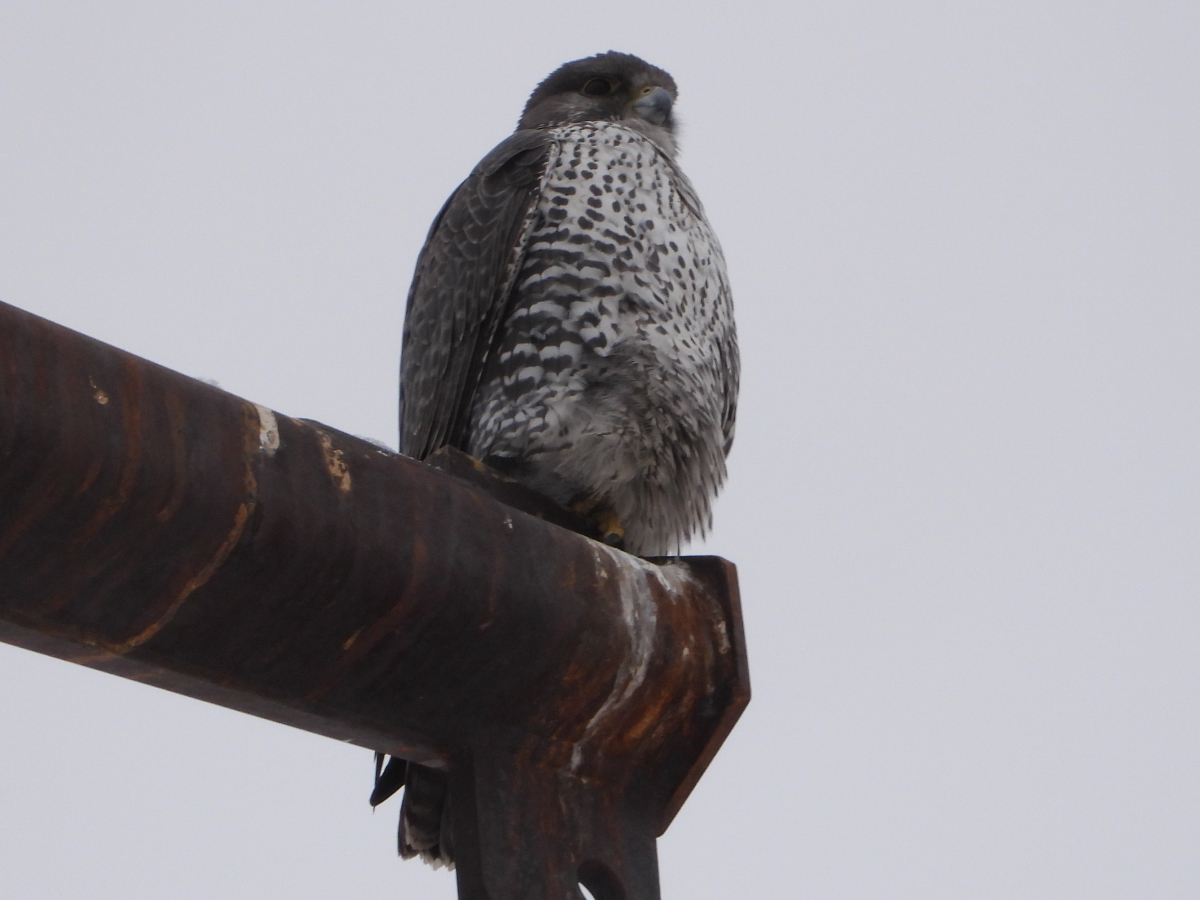
Notable Rarities seen November and December
- American Woodcock
- Black-legged Kittiwake
- Magnificent Frigatebird-4th state record
- Gyrfalcon-11th state record
- Bohemian Waxwing
- Bay-breasted Warbler
Colorado Big Year Summary
In 2020 we saw many incredible places and birds. I ended the year with 405 species which is second all time for a Colorado big year . I photographed 390 of those birds during the year. My incredible parents helped me along the way spending almost the whole year driving across the state birding with me. My Mom ended the year with 403 species and Dad ended with 374.
I birded every weekend of the year to maximize my free time. Those long weekend days combined with short weekday rarity chases added up up to a total of of 189 days birded in 2020! Whenever I was birding I always carried my camera with me to photograph any rarities I saw. By the end of the year this morphed into my secondary goal which was photographing every species. While photographing 390 species I took an astounding 38,836 pictures!
During the year I had 70 state birds (birds I had never seen in Colorado) and 29 lifers (birds I had never seen).
Through the year we drove almost 35,000 miles across the state covering 56 of the 64 counties in Colorado. To see as many birds as possible we journeyed across every habitat from the short grass prairie to the snowy tundra and everything in between. This map shows every location I birded this year.
2020 Misses
Despite the incredible birds I was able to see during the year not every chase was successful. I missed several birds I wish I could have seen. This is a list of all the birds seen in the state in 2020 that I didn’t get for my Colorado big year.
- Black-bellied Whistling-Duck
- American Black Duck
- Lesser Prairie-Chicken
- Arctic Tern
- Little Blue Heron
- Tricolored Heron
- Black Vulture
- Swallow-tailed Kite
- Zone-tailed Hawk
- Yellow-bellied Flycatcher
- Alder Flycatcher
- Smith’s Longspur
- Baird’s Sparrow
- Connecticut Warbler
- Hermit Warbler
- Canada Warbler
- Varied Bunting
I want to thank all the people who helped me during this year, from birders in the field who put me on birds, to the numerous people who gave me tips and locations to find certain species, to the homeowners who let me on their property, and to everyone who reported rarities on eBird, Cobirds and Facebook, you know who you are. Thank you!
Not only was 2020 a year like no other but also a year I will never forget!

